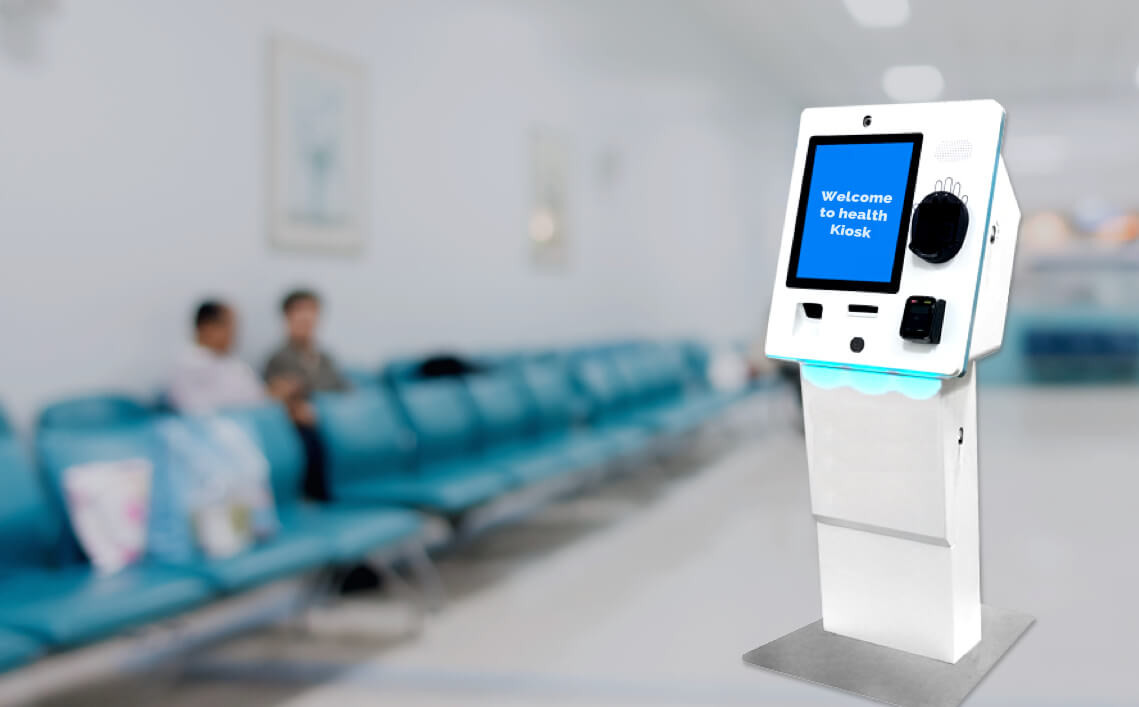
All About Grandparent DNA Testing
Sometimes, confirming paternity is not as straightforward as it seems. If the putative father is just not accessible for testing, a grandparents DNA test can be conducted by a lab with experience in this sort of study. The test shows if a child is related to the grandparent on the side of the prospective father’s parents. It helps figure out who the child’s biological father is. The same procedure can be used to check for pregnancy.
Benefits of Getting Your Grandparents’ DNA Test:
Many grandparents seek this procedure because they genuinely want to know if they are the grandparent(s) of the child(ren). As concerned citizens, all they want is the straight scoop. Being a grandparent is a long-term commitment, both emotionally and financially, so if there’s any doubt about the grandchild’s paternity, the grandparents want to know for sure. In addition to the psychological benefits, looking for proof of a family relationship may have legal consequences.
The need for paternity testing might arise for a variety of reasons, including but not limited to:
- Worries About Your Health
- An unborn child losing his prospective father.
- Challenges with Child Custody
- Heritage and inheritance problems
- Indeterminate paternity of a kid
- Peace of mind
Grandparentage DNA testing possibilities
A test can be used to confirm the biological link between grandparents and their grandchildren.
- This test only involves ONE of the grandparents; it can be a grandfather or a grandmother test. In this case, it is essential to include a sample from the mother to make the results more robust. Even though testing with a single grandparent and a parent might give precise results, there is still a chance that the results won’t be precise.
- Grandparents and grandchild are included in this exam. Testing is done without a sample from the mother. The DNA of the grandparents is matched to that of the grandchild to establish the possibility of kinship.
How It Works:
Compared to a simple paternity test, this investigation is more like putting together a DNA jigsaw puzzle. As more people give their DNA, more information can be learned from the data.
To do a DNA test on grandparents, samples from the following individuals are required:
- A potential father’s mother or father
- An infant
- Ideally, the mother of the child.
When both of a potential father’s parents are available for testing, the test’s accuracy improves. It is possible to perform the exam even if one grandparent is unavailable.
It’s possible that the results won’t be conclusive enough to prove paternity and maternity. The child’s mother should participate if she can make the results more likely correct.
Cheek swabs are a quick and easy way to acquire DNA.
To some extent, the test can aid in safeguarding grandparental privileges.
It’s hard to tell if the grandchildren you claim as paternal grandparents are your biological offspring. Nothing can compare to the peace of mind that comes from knowing without a doubt whether or not your children are your biological offspring, no matter how much you love and adore each one. You may get answers by requesting a grandparent’s DNA test now.
There may be several reasons the child’s mother refuses to accept a grandparent’s DNA test. In some situations, you may be able to petition the courts for the test to be conducted.


